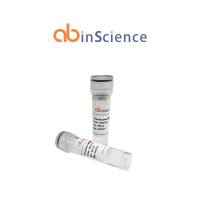Methods for Analyzing Checkpoint Responses in Caenorhabditis elegans
互联网
557
In response to genotoxic insults, cells activate DNA damage checkpoint pathways that stimulate DNA repair, lead to a transient cell cycle arrest, and/or elicit programmed cell death (apoptosis) of affected cells. The Caenorhabditis elegans germ line was recently established as a model system to study these processes in a genetically tractable, multicellular organism. The utility of this system was revealed by the finding that upon treatment with genotoxic agents, premeiotic C. elegans germ cells transiently halt cell cycle progression, whereas meiotic prophase germ cells in the late pachytene stage readily undergo apoptosis. Further, accumulation of unrepaired meiotic recombination intermediates can also lead to the apoptotic demise of affected pachytene cells. DNA damage-induced cell death requires key components of the evolutionarily conserved apoptosis machinery. Moreover, both cell cycle arrest and pachytene apoptosis responses depend on conserved DNA damage checkpoint proteins. Genetics- and genomics-based approaches that have demonstrated roles for conserved checkpoint proteins have also begun to uncover novel components of these response pathways. In this chapter, we will briefly review the C. elegans DNA damage response field, and we will discuss in detail the methods that are being used to assay DNA damage responses in C. elegans .








